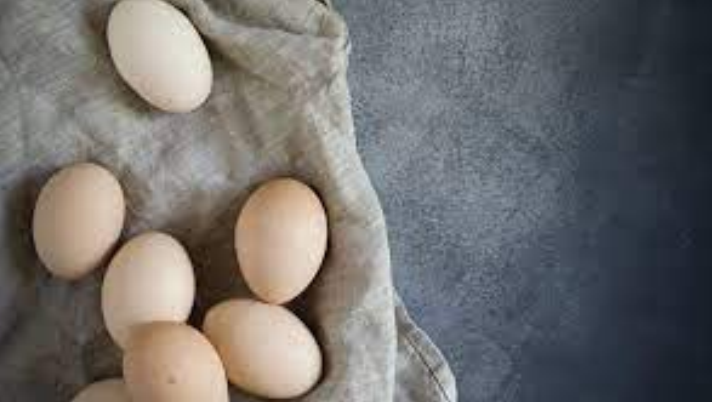poultry scalding tank
Nov . 11, 2024 19:19 Back to list
poultry scalding tank
Understanding Poultry Scalding Tanks Key Insights
Poultry processing is a crucial step in the meat production industry, and one of the critical stages in this process is scalding. A scalding tank plays a vital role in preparing chickens, ducks, and other poultry for further processing after slaughter. This article explores the importance of scalding tanks in poultry processing, their operation, and the technological advancements that have emerged in this field.
What is a Poultry Scalding Tank?
A poultry scalding tank is a specialized unit used to immerse poultry carcasses in hot water, typically between 50°C to 65°C (122°F to 149°F). The primary purpose of this process is to loosen feathers and simplify the plucking stage that follows. By effectively scalding the birds, processors can improve the efficiency of feather removal, reduce damage to the skin, and maintain product quality.
The Science Behind Scalding
Scalding is a delicate balance of temperature and time. If the water is too hot or the scalding process is too prolonged, the carcasses can suffer from skin damage or cooking of the meat, which negatively impacts the product’s quality. Conversely, insufficient scalding can result in poor feather removal, leading to a less visually appealing product and increased labor during processing.
The optimal scalding temperature can vary depending on the type of poultry and the specific processing requirements. Therefore, processors closely monitor water temperature and the duration of immersion to ensure they achieve the desired effect without harming the bird’s carcass.
Types of Scalding Tanks
There are generally two types of scalding tanks used in poultry processing batch scalding tanks and continuous scalding systems.
poultry scalding tank

1. Batch Scalding Tanks These tanks are typically smaller, designed to hold a specific volume of birds at one time. The birds are immersed in hot water in batches, and treatments can be adjusted based on the number of birds and their size. While effective for small to medium operations, these systems can become time-consuming for large-scale processing facilities.
2. Continuous Scalding Systems These systems allow for an uninterrupted flow of birds through the scalding tank. Birds are fed into the tank on a conveyor system. The water circulates continuously, providing a consistent temperature and reducing waiting times. This method is considerably more efficient for high-capacity processing plants, allowing for increased throughput while maintaining product quality.
Technological Advancements
Recent advancements in scalding tank technology have led to improved processing efficiency and product quality. One significant innovation includes the integration of automated temperature control systems. Such systems constantly monitor water temperature, ensuring that it remains within the optimal range, thus minimizing the risk of human error.
Additionally, some modern scalding tanks use specialized water treatment solutions that help maintain hygiene and reduce microbial load in the water. These systems can enhance food safety, ensuring that the final product meets stringent health regulations.
Moreover, the focus on sustainability has led to the exploration of water recycling methods within scalding systems. By reusing water and minimizing waste, poultry processors can reduce their environmental footprint while enhancing production efficiency.
Conclusion
In summary, poultry scalding tanks are essential equipment in the poultry processing industry, directly impacting product quality and processing efficiency. Advancements in technology are continuously shaping these crucial systems, allowing processors to meet the challenges of modern demands while emphasizing food safety and sustainability. As the poultry industry evolves, the role of scalding tanks remains integral to delivering quality products to consumers while ensuring efficient production practices. Understanding this vital link in the processing chain is essential for anyone involved in the poultry sector.
-
Hot Sale 24 & 18 Door Rabbit Cages - Premium Breeding Solutions
NewsJul.25,2025
-
Automatic Feeding Line System Pan Feeder Nipple Drinker - Anping County Yize Metal Products Co., Ltd.
NewsJul.21,2025
-
Automatic Feeding Line System Pan Feeder Nipple Drinker - Anping County Yize Metal Products Co., Ltd.
NewsJul.21,2025
-
Automatic Feeding Line System - Anping Yize | Precision & Nipple
NewsJul.21,2025
-
Automatic Feeding Line System - Anping Yize | Precision & Nipple
NewsJul.21,2025
-
Automatic Feeding Line System-Anping County Yize Metal Products Co., Ltd.|Efficient Feed Distribution&Customized Animal Farming Solutions
NewsJul.21,2025






